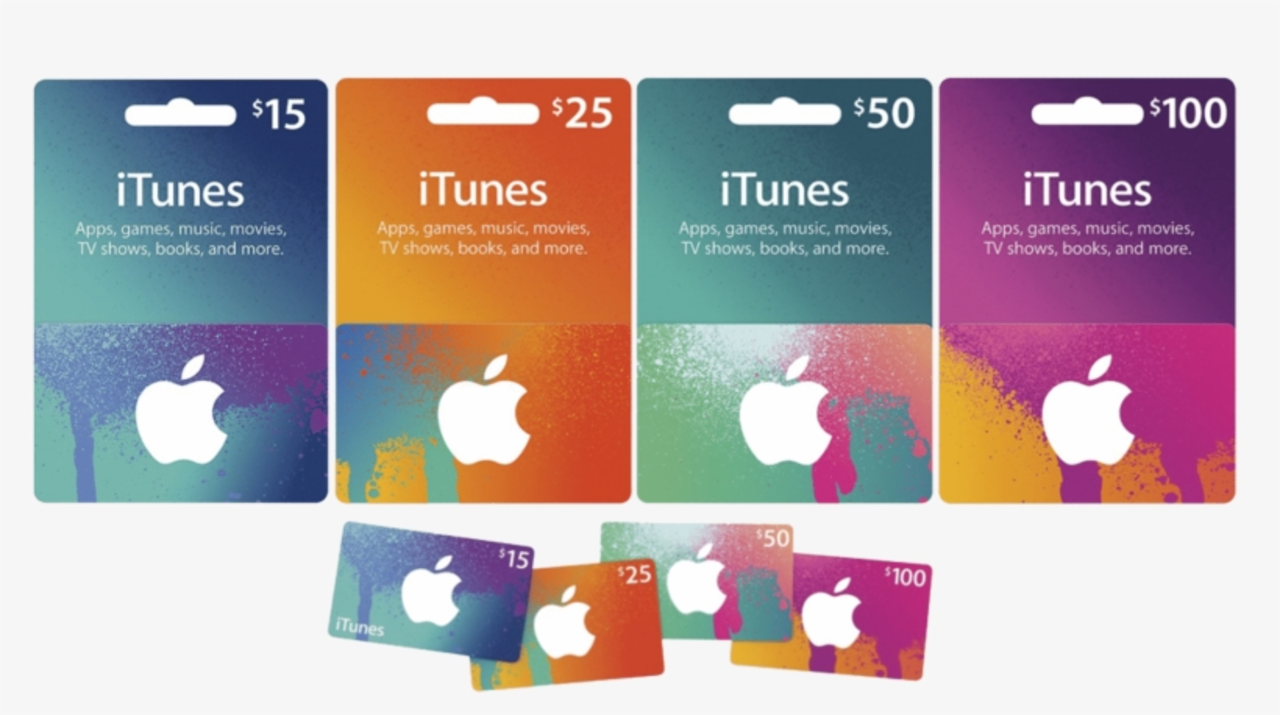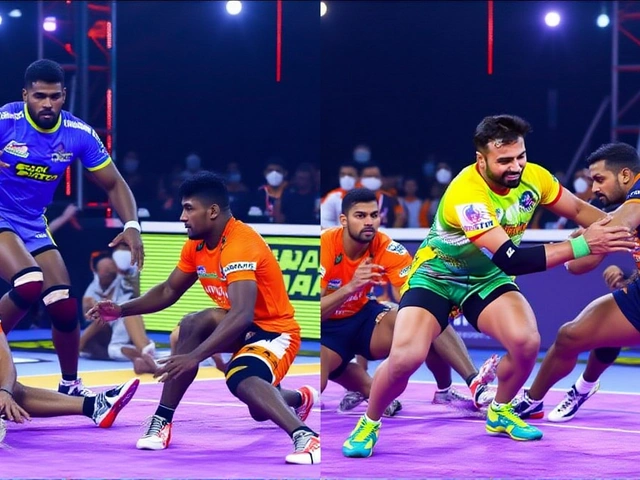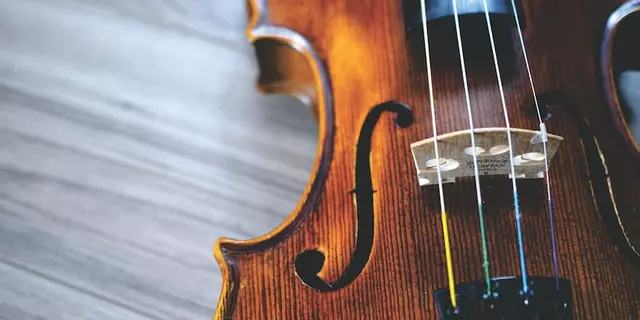How to Use Music in Everyday Life: Simple Tips and Handy Tools
Music isn’t just something you hear in the background – it can boost your mood, help you focus, and even make chores more fun. Let’s break down a few real‑world ways you can use music right now.
Pick the Right Platform for the Job
If you want a fast, reliable library for DJ gigs or streaming a playlist while you code, the platform matters. Services like Beatport give DJs a massive catalog of electronic tracks and easy playlist management. For gamers hunting royalty‑free tracks, sites such as SoundCloud and BeatPick let you filter by genre, length, and licensing type. Choose the one that fits your purpose and you’ll save hours of hunting.
Organize Your Files Like a Pro
Whether you store songs on a laptop or a USB stick, a clean folder structure pays off. Group tracks by genre, tempo, or mood – whatever makes sense for how you pick them. Naming files with BPM or key (e.g., "TrackName_128bpm_Amin.mp3") helps DJs quickly find the right beat. Back up your collection on a cloud service or an external drive; losing a set list mid‑show is a nightmare you can avoid.
Now that your library is tidy, it’s time to think about how you actually play the music.
Tools for Live Performance and Casual Listening
For live gigs, software like Serato, Traktor, or Rekordbox connects your laptop to CDJ players or controllers. These programs let you set cue points, loop sections, and add effects without touching your gear. If you’re just listening at home, a simple streaming app with offline download works just as well. The key is to match the tool to the setting – heavy software for clubs, lightweight apps for on‑the‑go listening.
Beyond the tech, think about the environment you’re creating. A low‑key acoustic set works great for a coffee shop, while high‑energy EDM fuels a festival crowd. Adjust your volume, EQ, and effects to fit the space, and you’ll keep listeners engaged.
Making Music Work for Your Brain
Did you know certain playlists can improve focus? Instrumental or low‑tempo tracks help many people stay on task while studying or working. On the flip side, upbeat tracks can pump you up for a workout. Try a few minutes of each style and notice how your concentration changes – it’s a quick experiment that tells you what works for you.
For gamers, royalty‑free loops add excitement without the cost of licensing. Look for tracks that match the game’s pacing – fast‑paced chases need high‑energy beats, while puzzle levels benefit from mellow backgrounds.
Stay Updated with Trends
Music tech evolves fast. Streaming platforms now integrate directly with DJ gear, letting you pull tracks from Spotify or TIDAL on the fly. AI‑driven recommendation engines suggest new songs based on your listening history, which can spark fresh set ideas. Keep an eye on blog posts and forums – a single tip can upgrade your workflow.
In short, using music effectively boils down to three steps: choose the right platform, keep your library organized, and match your tools to the situation. Follow these basics and you’ll get more out of every track, whether you’re mixing a club set, designing a game soundtrack, or just chilling with headphones.
Using my iTunes card on Apple Music is pretty straightforward. First, I need to redeem the card by going to the App Store or iTunes Store and entering the code on the back of the card. Once that's done, the credit will be added to my Apple ID account. Then, I can use this credit to pay for my Apple Music subscription or make purchases within the app. It's a convenient way to enjoy all the music and features Apple Music has to offer without needing a credit card.
Read more





